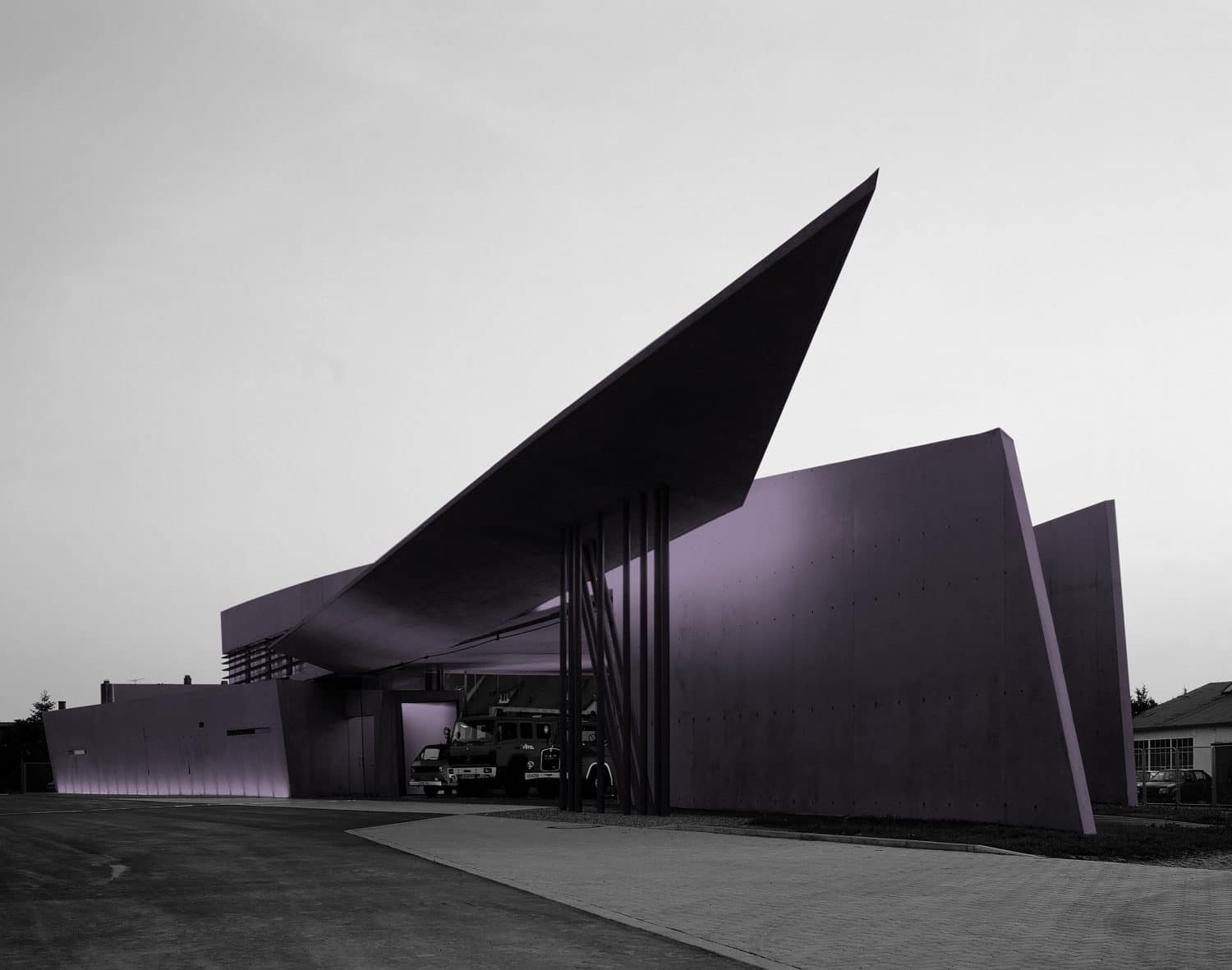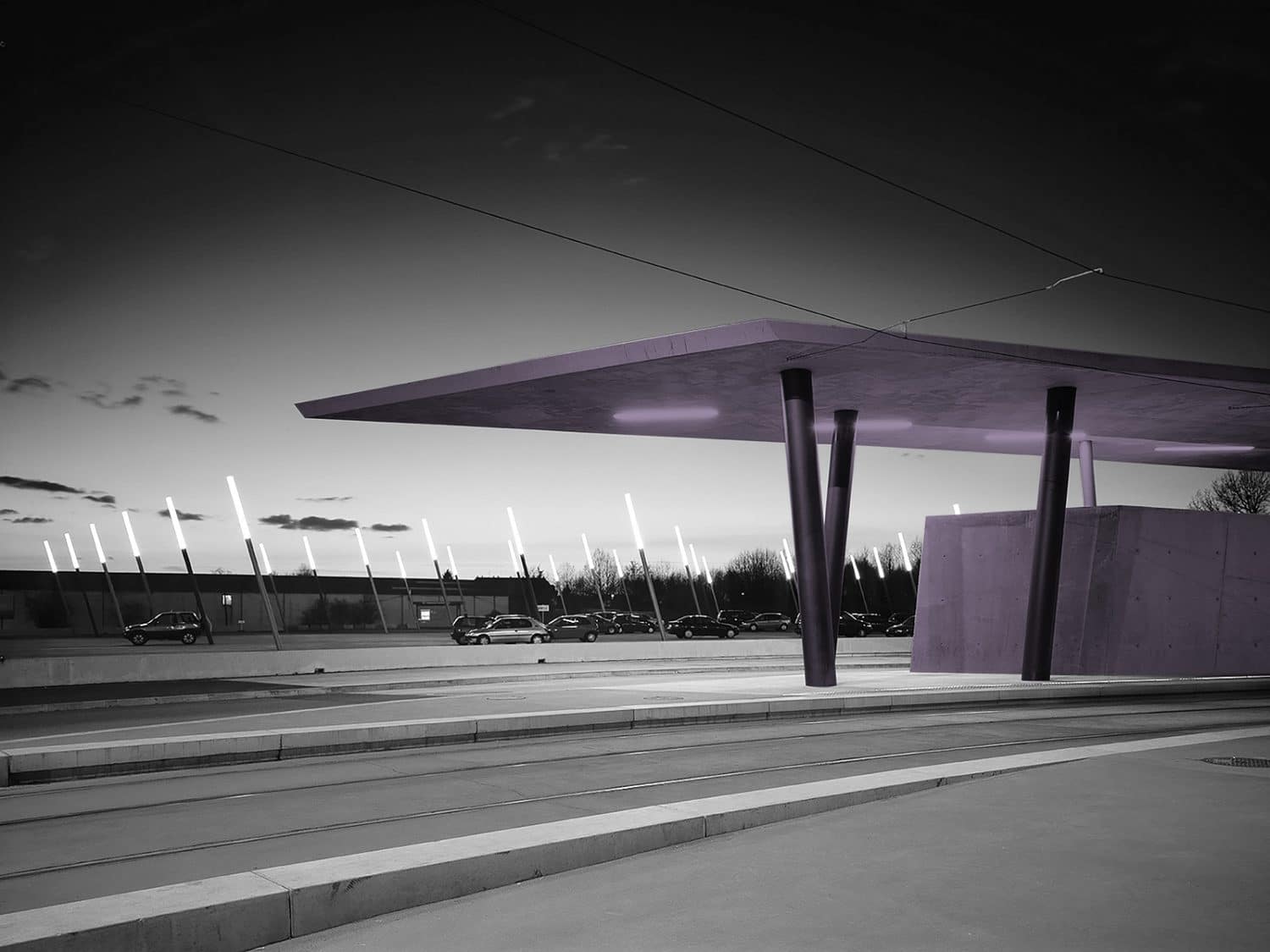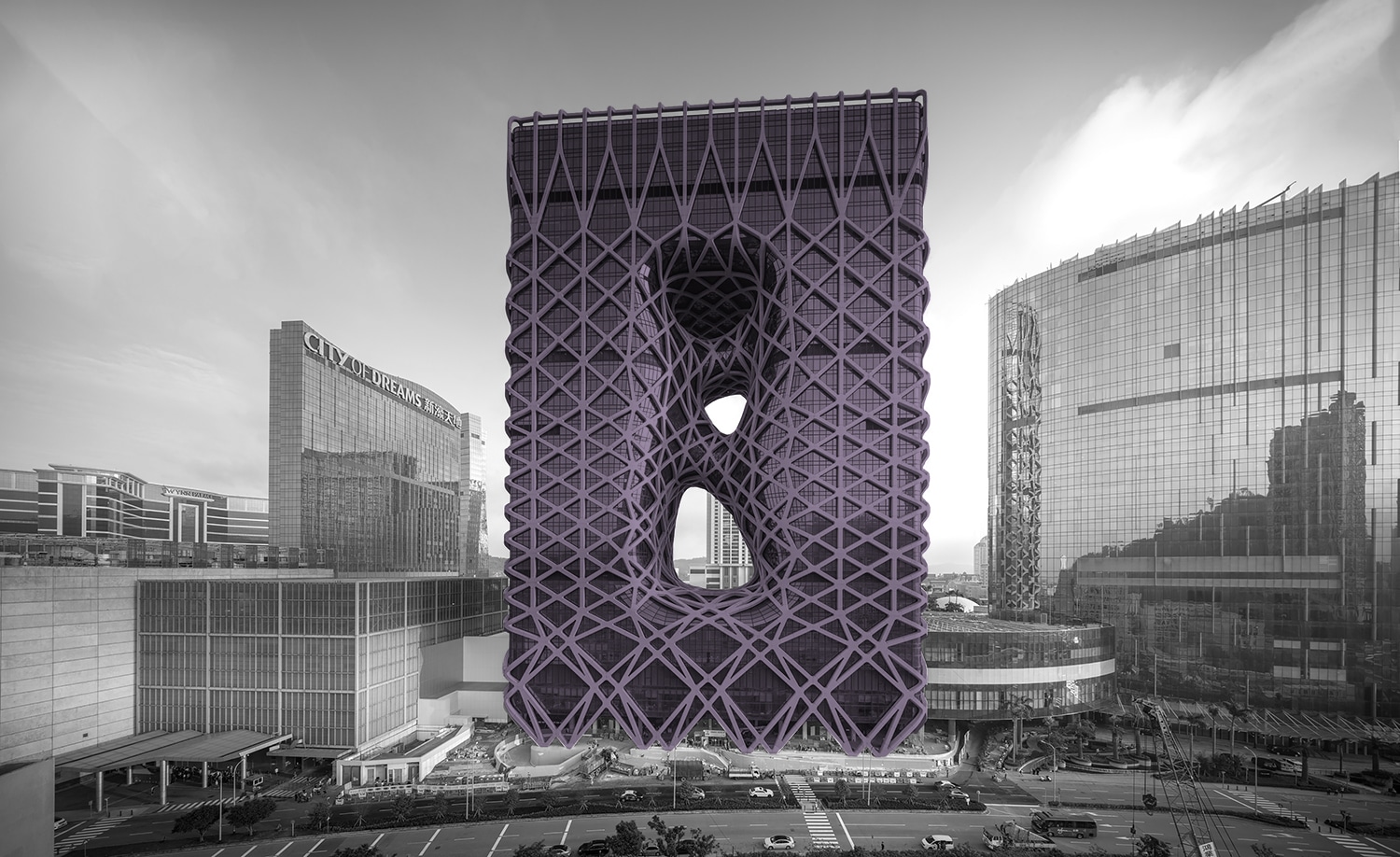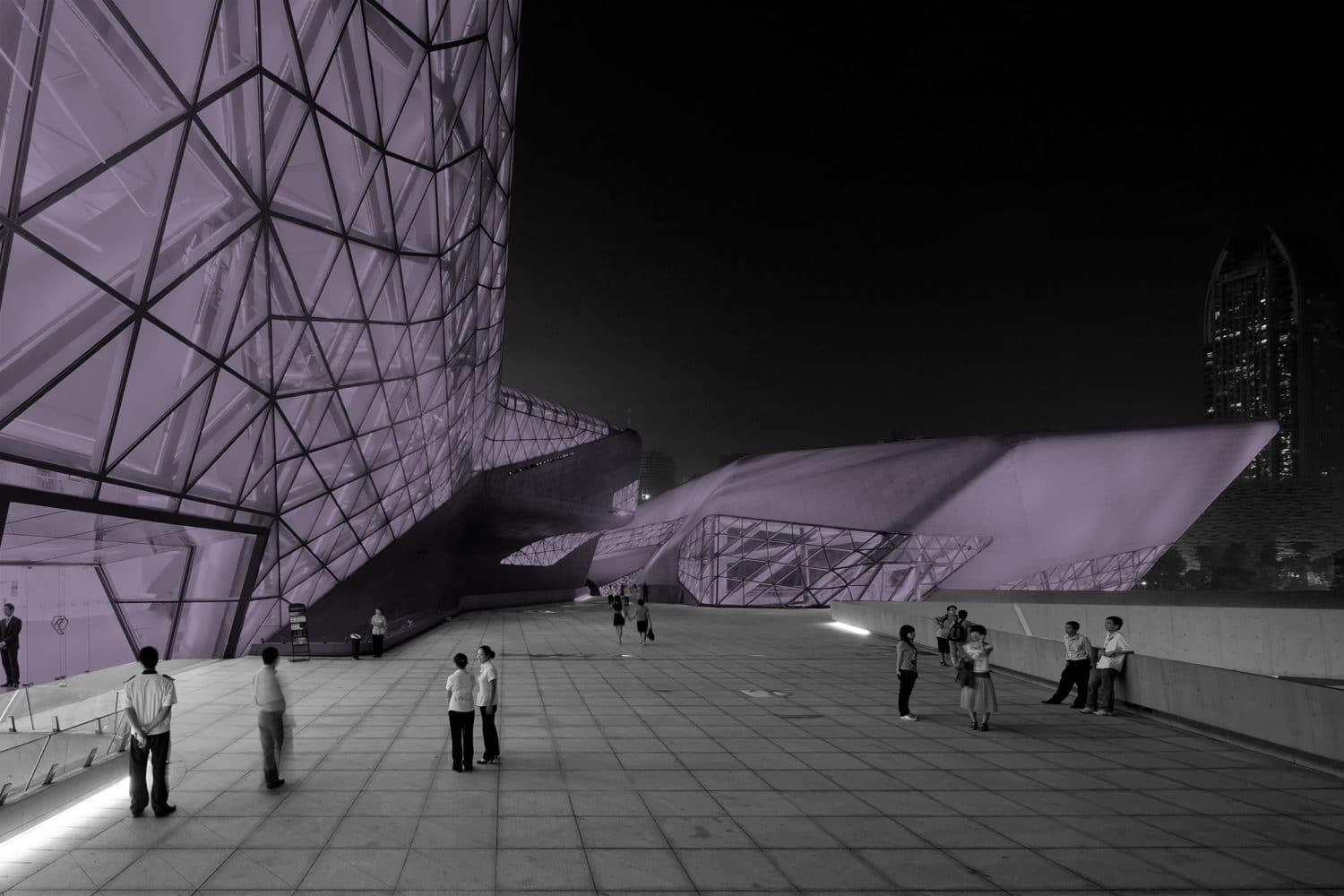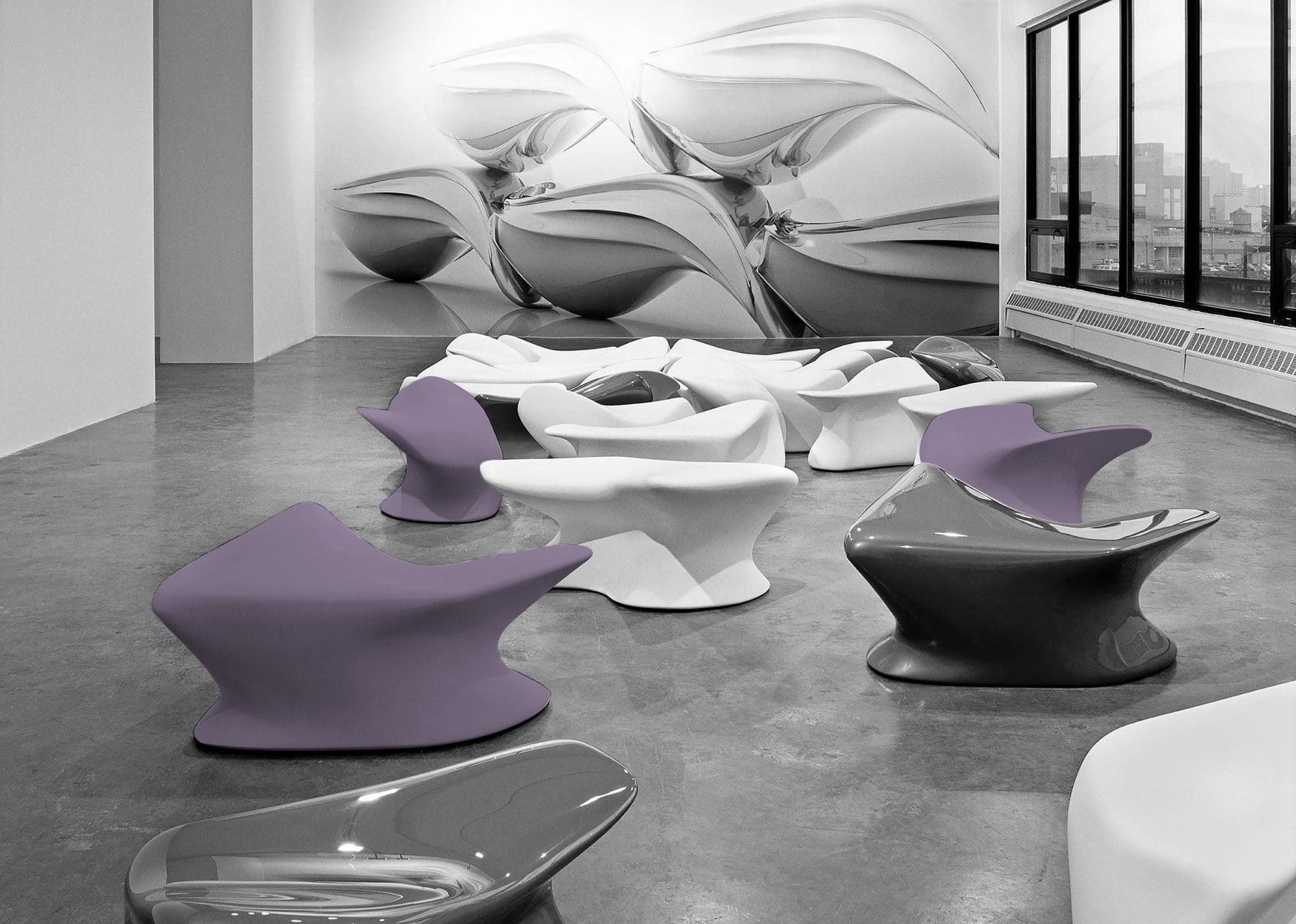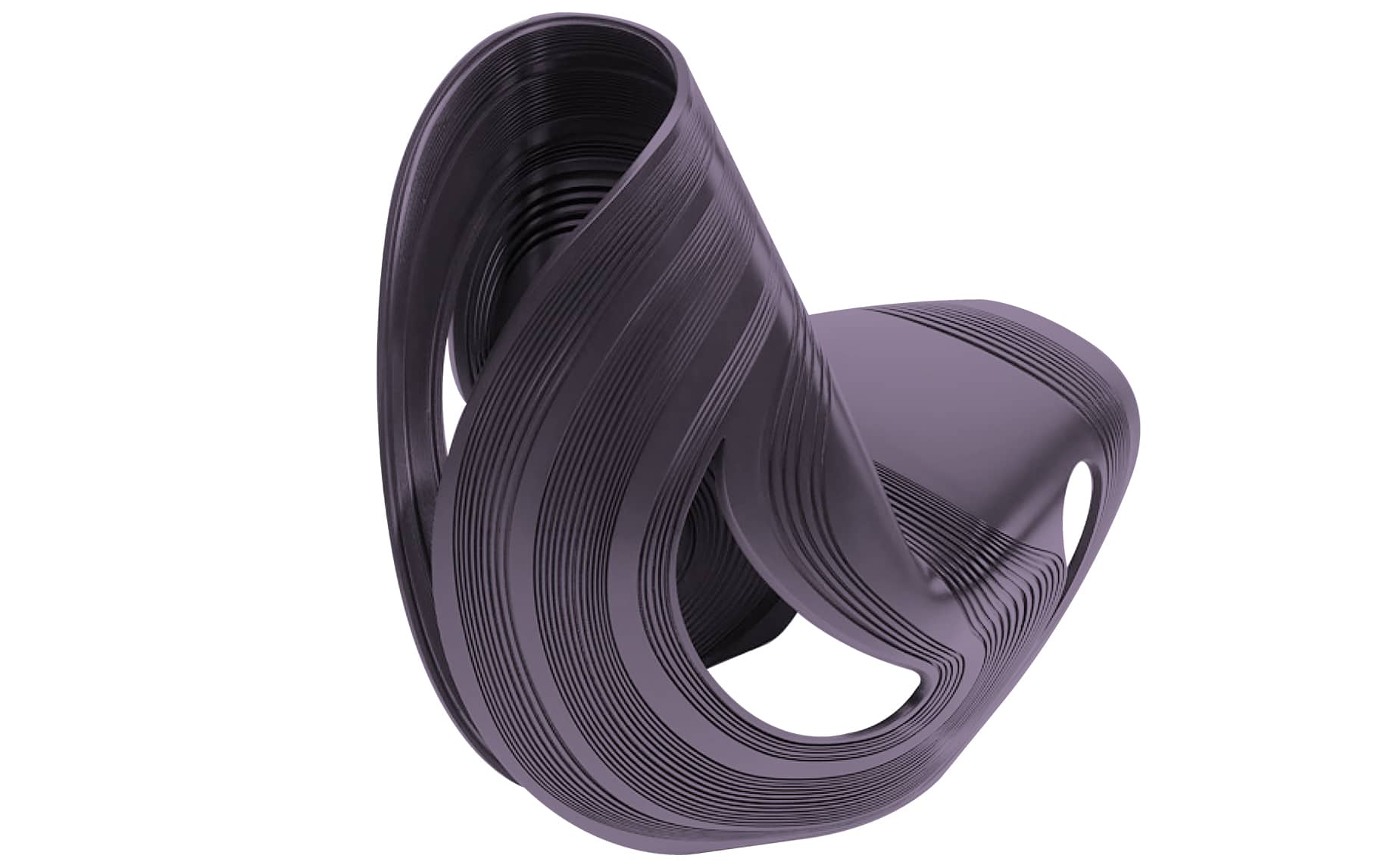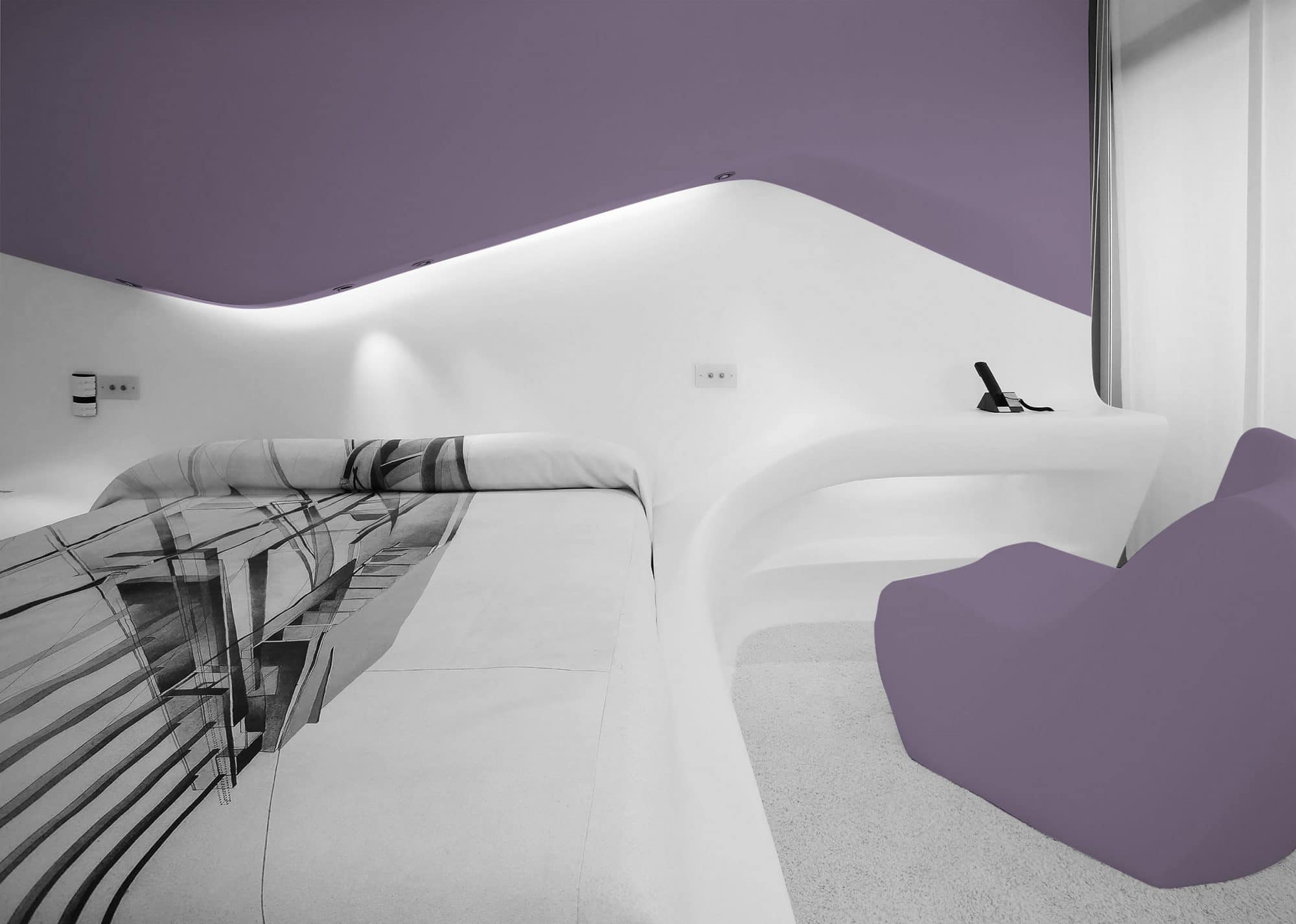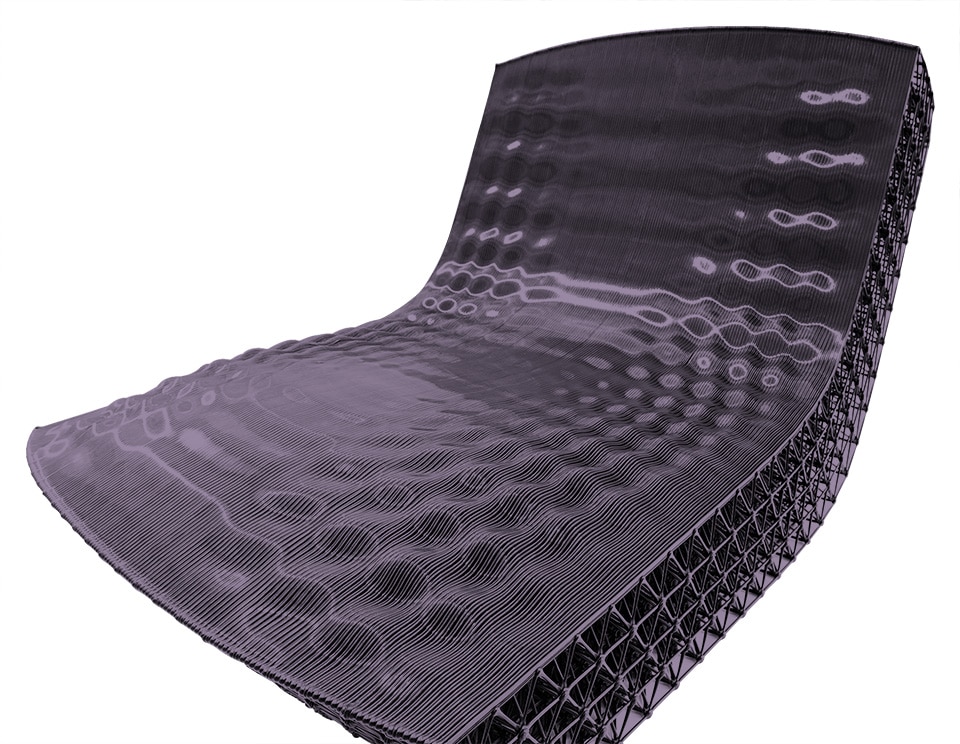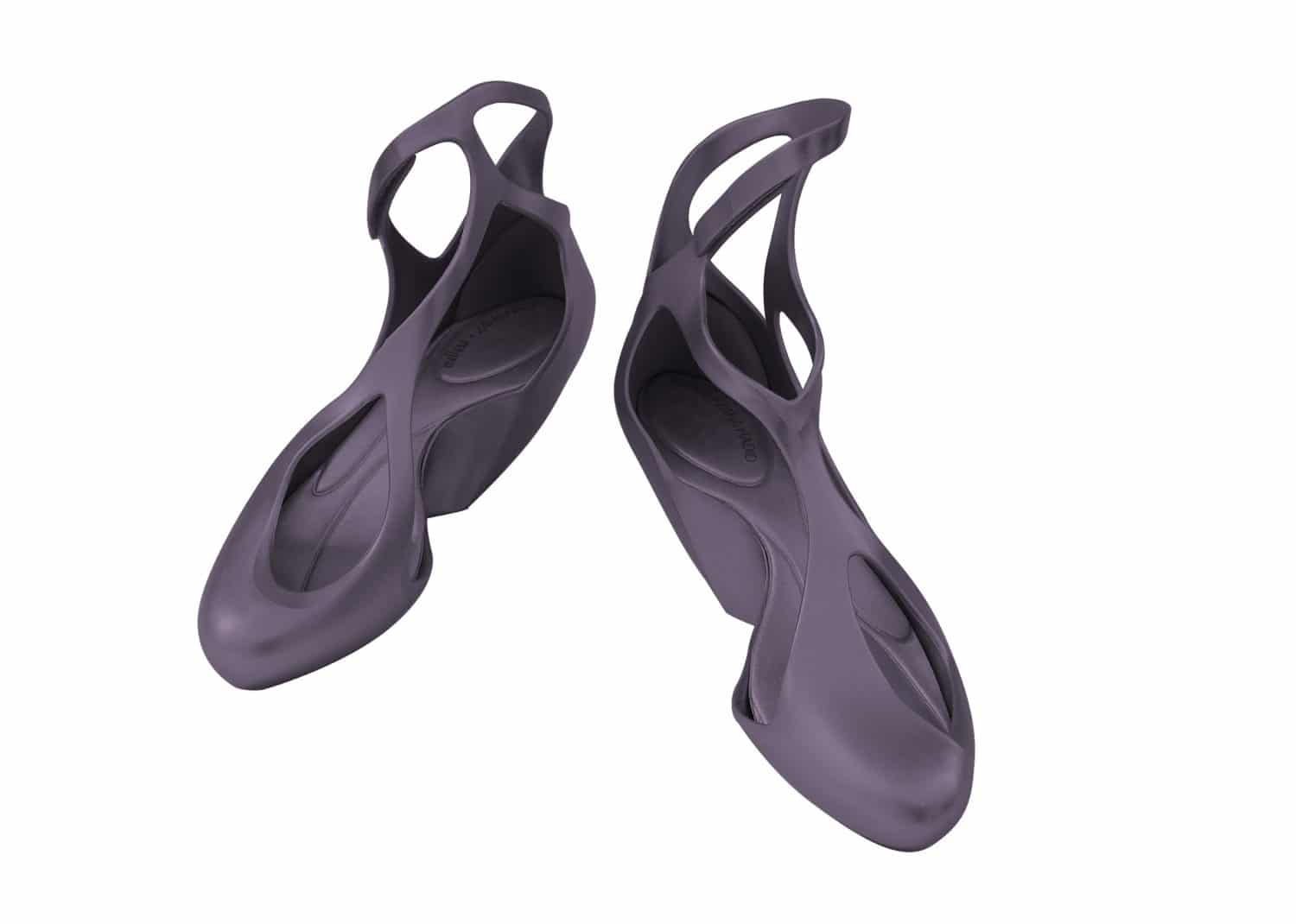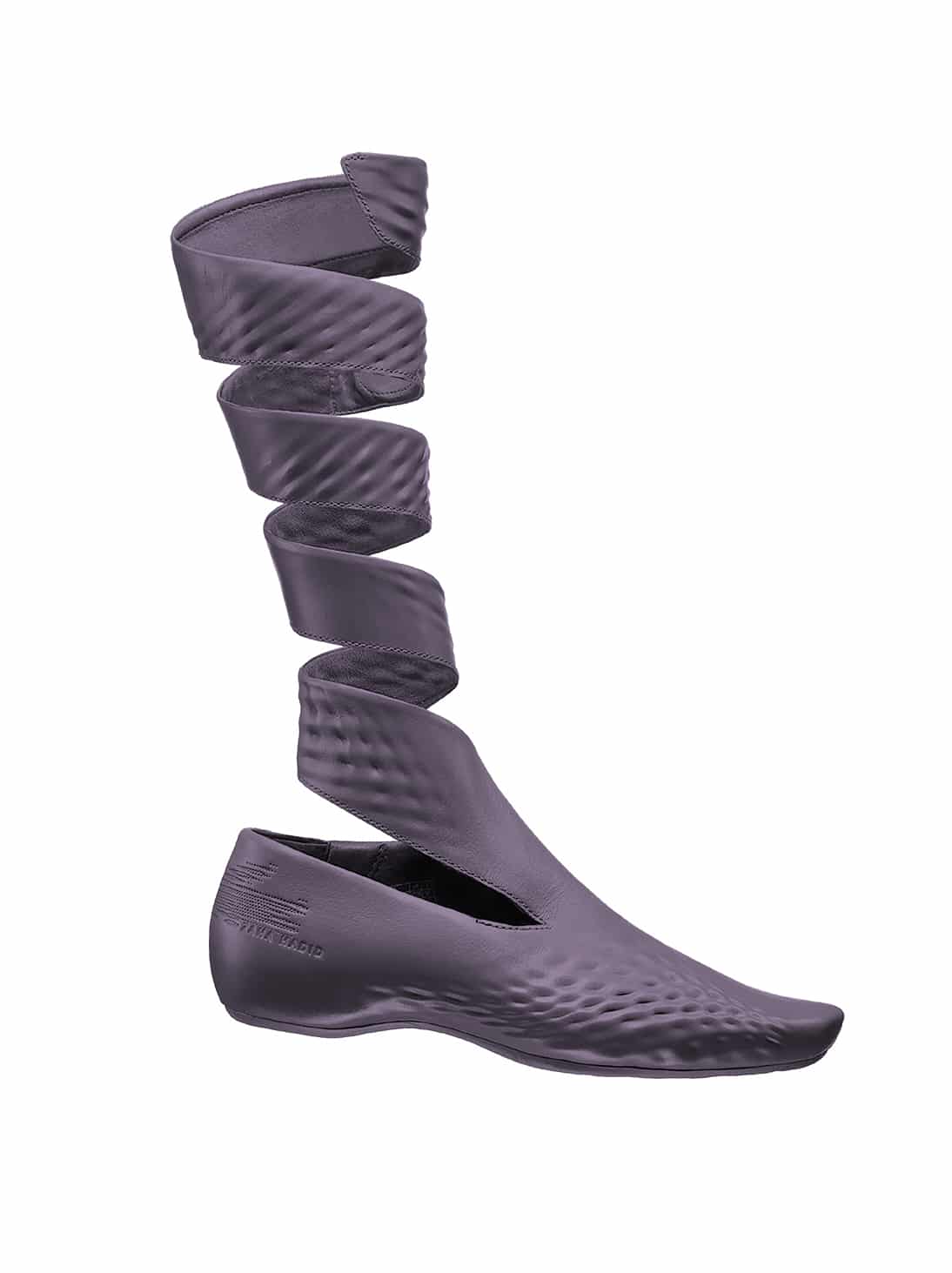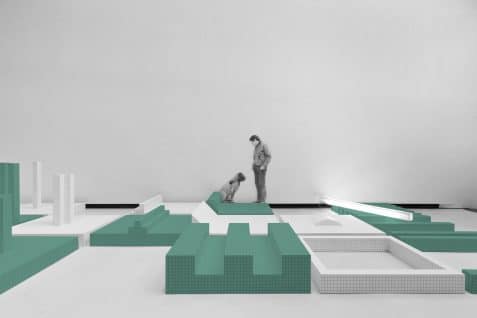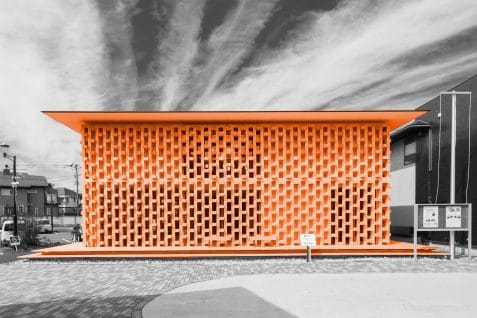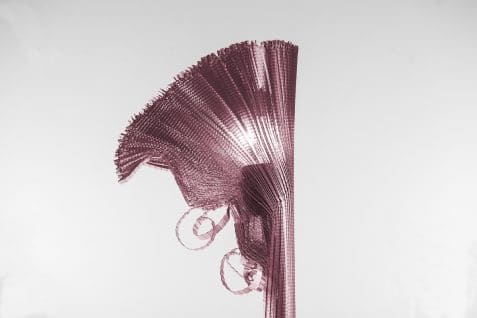INTERIOR
Fluid Geometry #Zaha Hadid
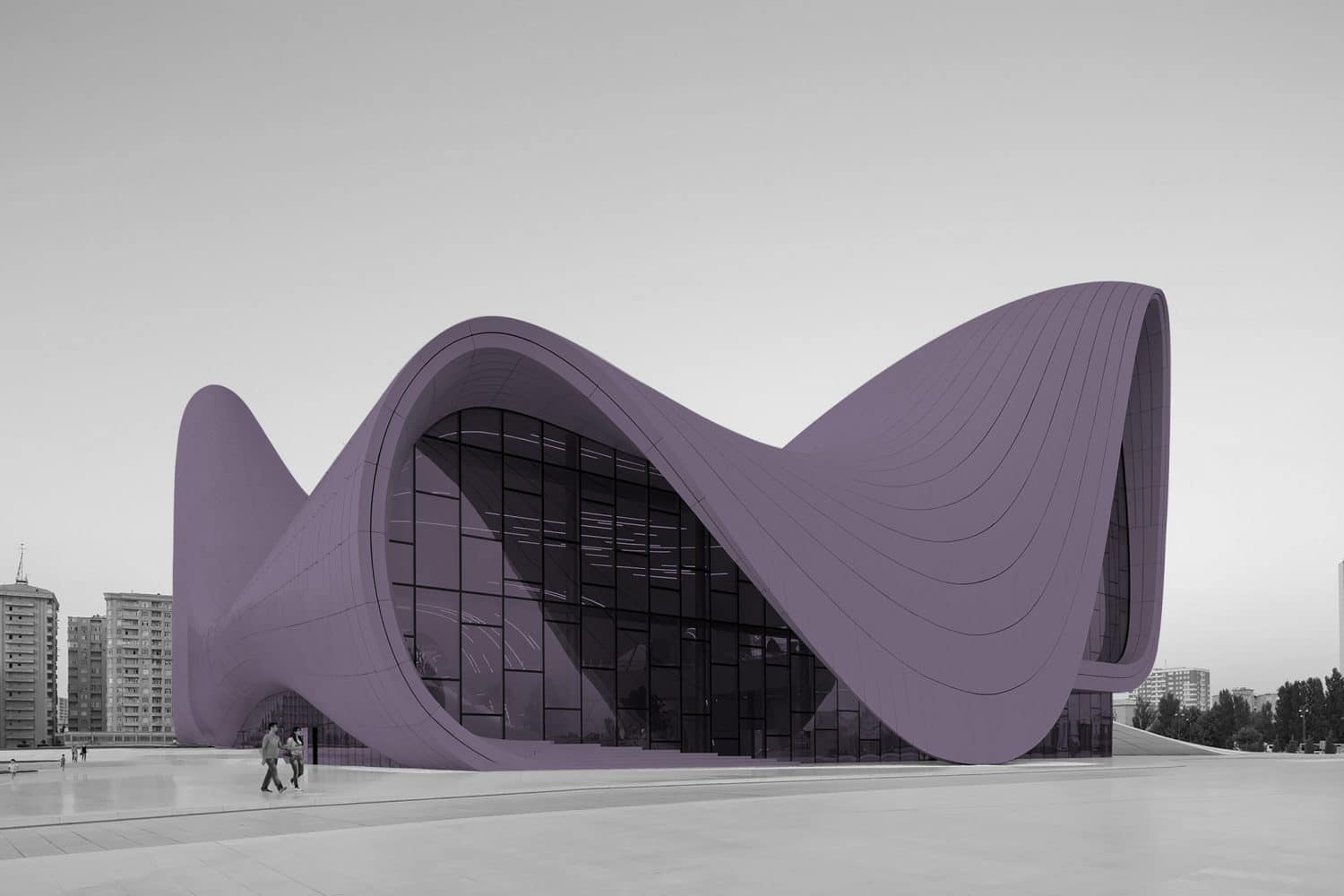
The work of Zaha Hadid, the first woman to receive the Pritzker Prize, evolved from an early graphic revision of the motifs of the Russian Constructivists, based on the overlapping of inclined planes and impossible angles, to a well-known worldwide work closer to the smooth, rounded shapes of living organisms. Throughout all this evolution, Hadid’s visionary aesthetics have aspired to the development of total environments, adapting elements, from urban scale to furniture and product design, to their characteristic shapes.
From the earliest drawings and models to current buildings and work in progress, there has been a consistently original and strong personal vision that has changed the way we see and experience spaceAda Louise Huxtable, Pritzker Prize 2004 Announcement
According to the architect, her furniture “explores the limits of functional, aesthetic and technological possibilities, fusing complex curvilinear geometries with detailed ergonomic research.” This implies that its design rely on the development of three-dimensional infographics and its construction uses the latest technology of three-dimensional modeling in plastic materials. To achieve the integration of this type of furniture in an architectural environment, all its elements must be designed following the same language. Thus, Hadid’s interior design projects become a second interior skin with forms between topographic and biological that integrate all the furniture elements.
But the possibilities of current technology accompanied by generous budgets also allow the leap of these forms to the scale of architecture, so that all elements of architecture participate in the same biomorphic language. In this way, the furniture and objects designed by Zaha Hadid can be understood as scale models of her architecture, while her buildings serve as formal references for her furniture and products.
